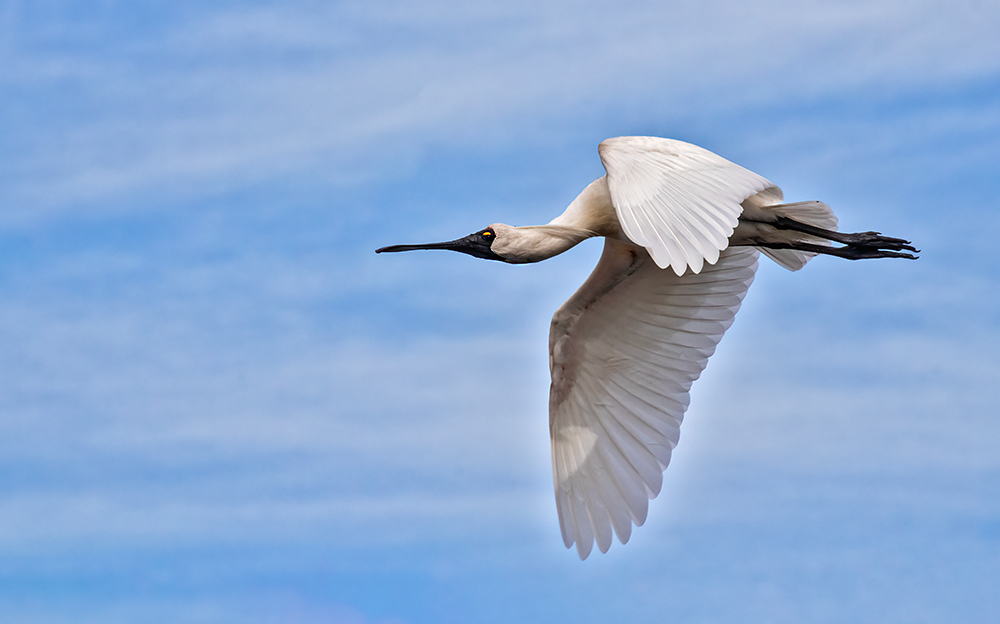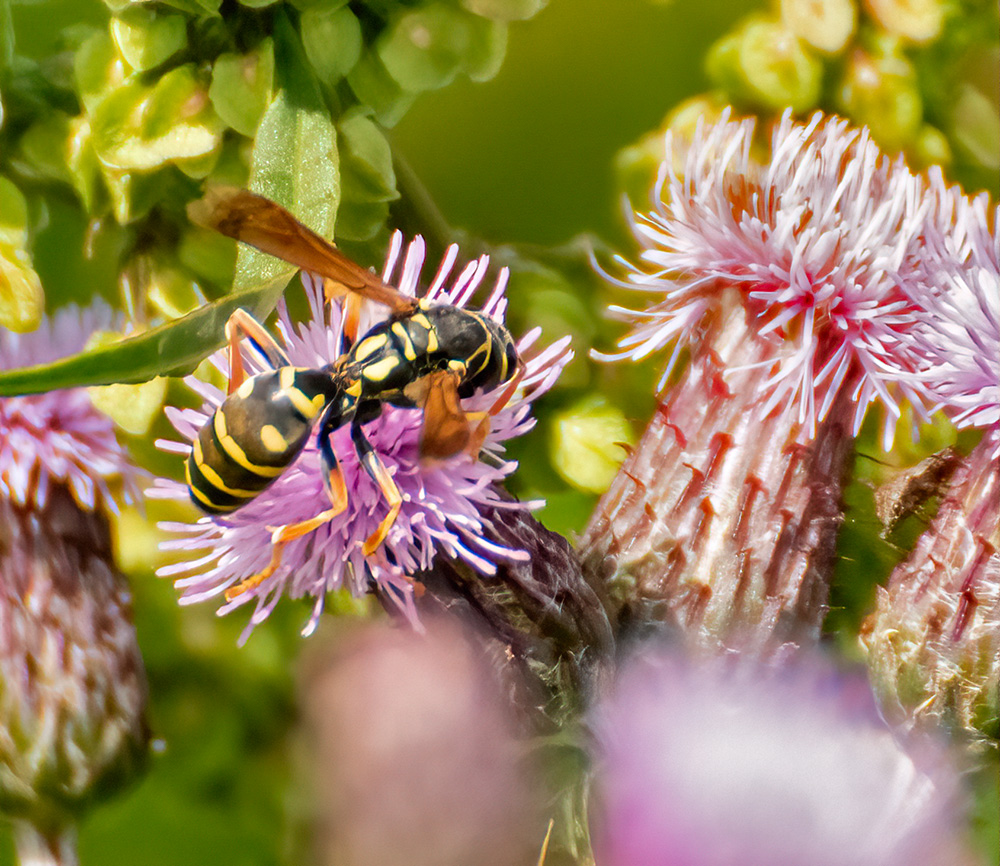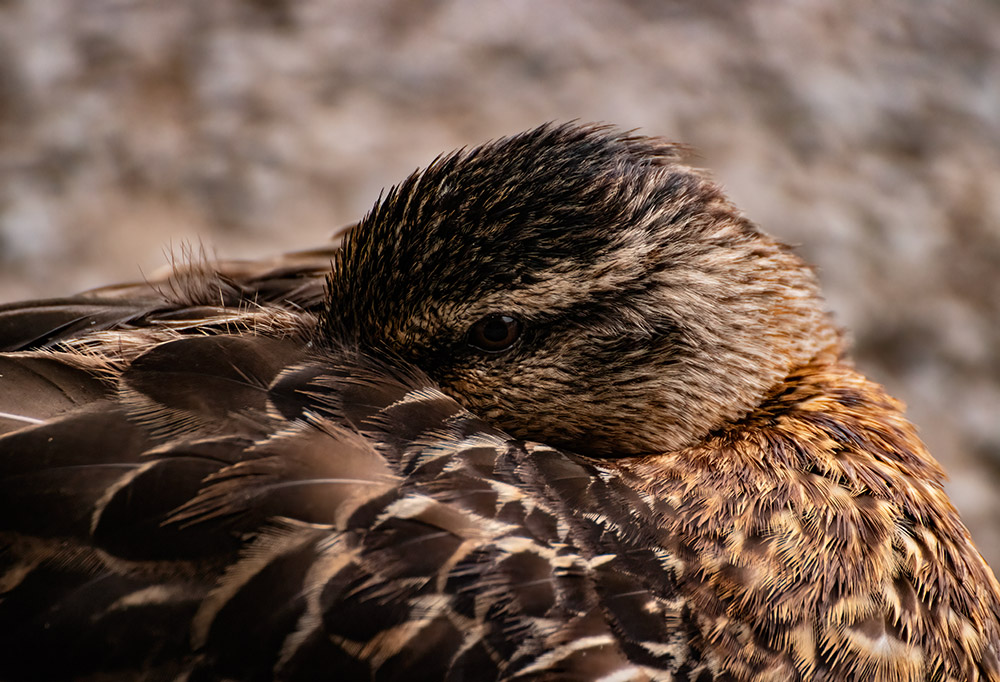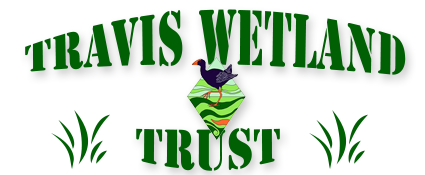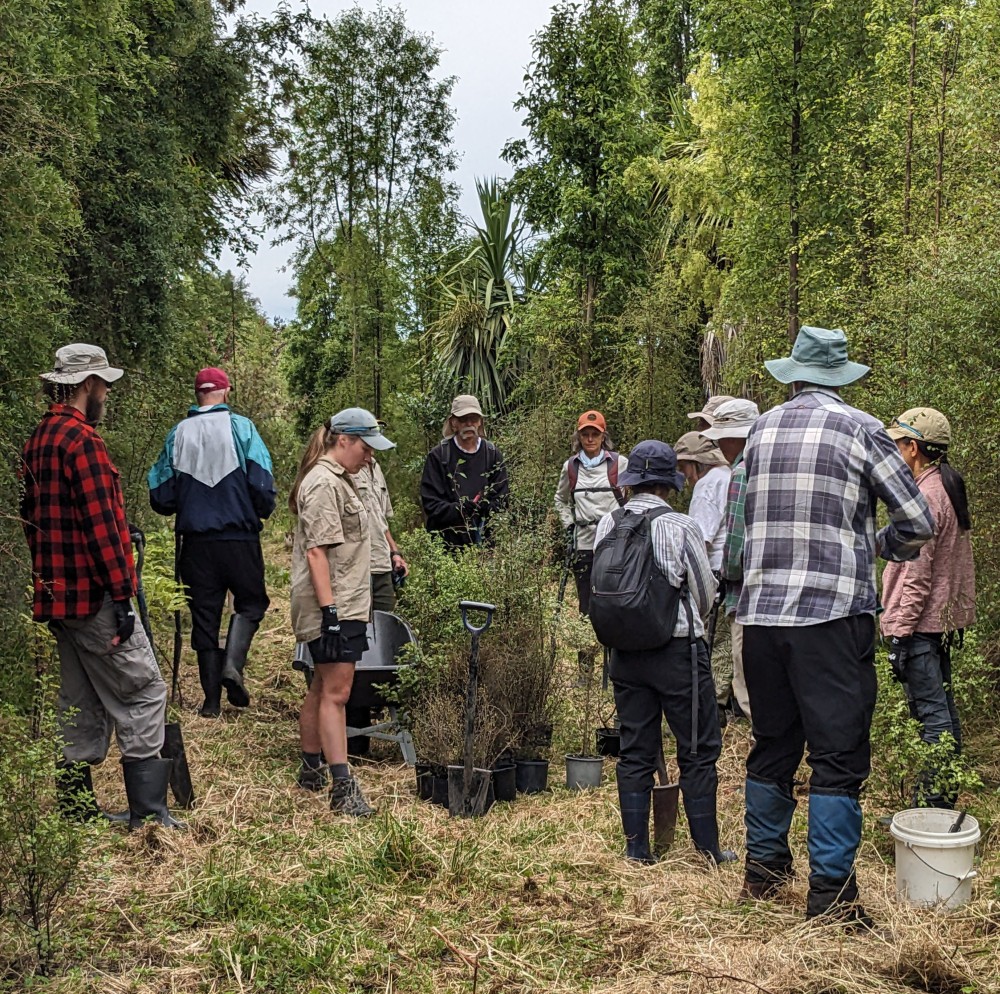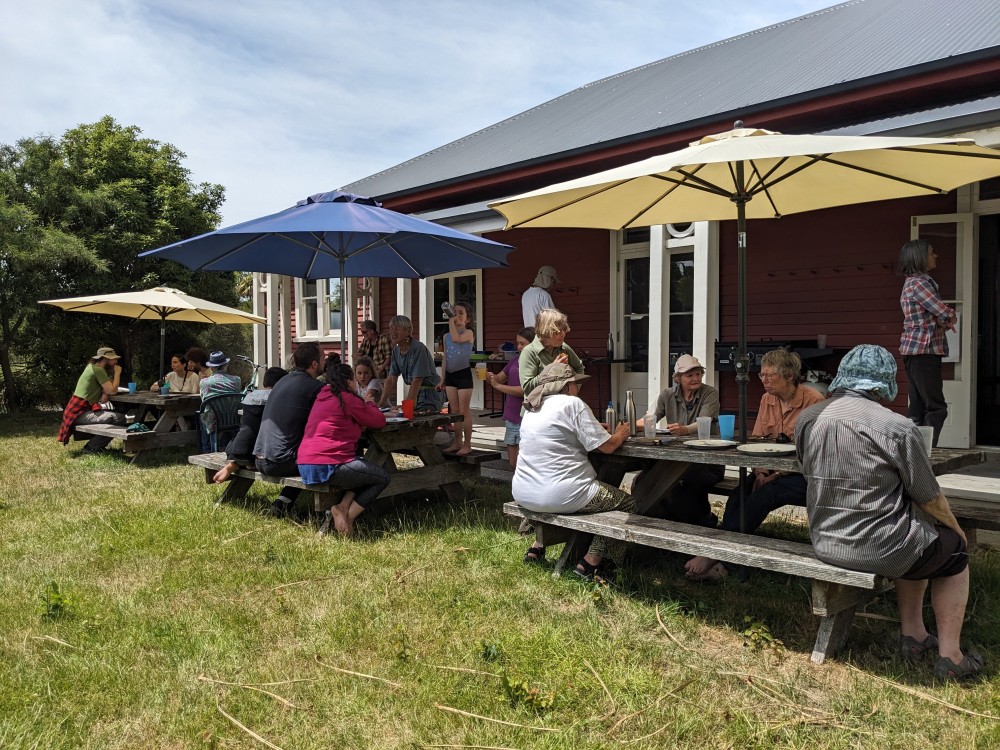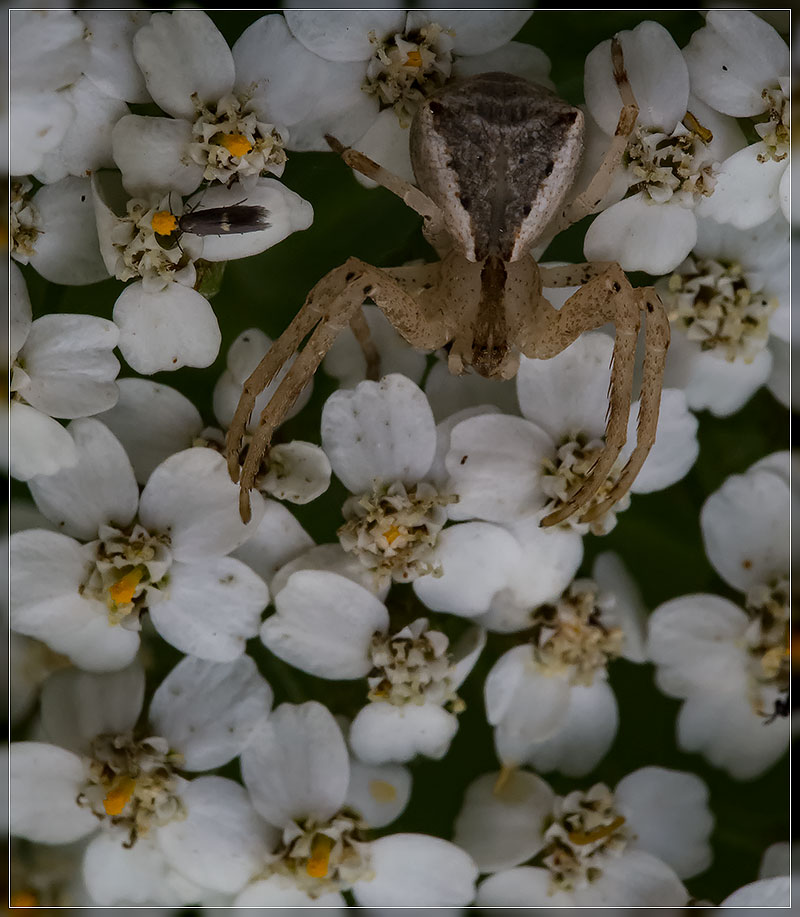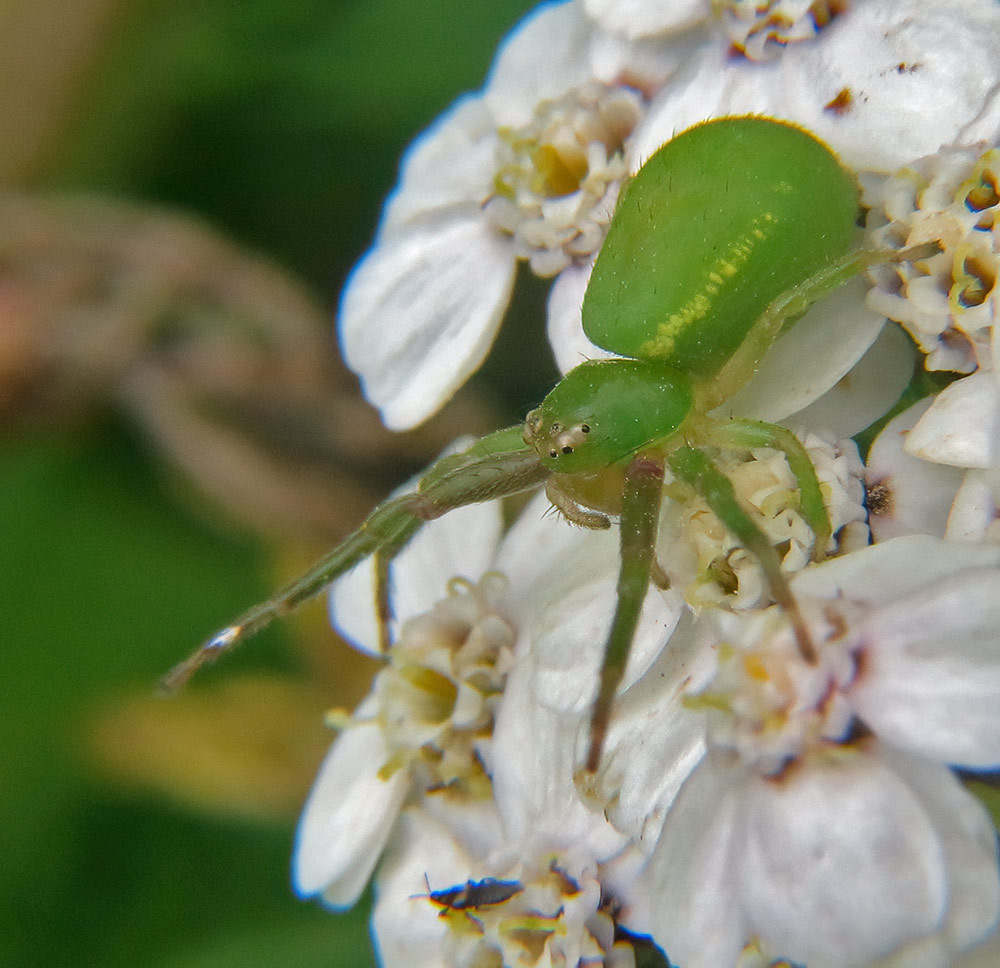All previous newsletters can be found here.
Work Day Reminder, January 20 2024
This month we’ll be releasing plants from the rapid spring growth somewhere around the wetland, maybe even planting a few species.
If you arrive late there will be a notice on the Education Centre door explaining where we have gone.
All tools provided. Gumboots are advised but we can lend you some if you don’t have any. Please bring your own gloves if you can, but we have some of them for loan too.
If the weather on the work day is poor and we decide to cancel then an email will be sent by 8am on Saturday morning. So if you think the conditions are marginal, please check your emails.
If you’re reading this on the website and are not on the email list then you can add yourself to it through the form at the foot of the home page. If you change your mind there’s an unsubscribe link in each newsletter.
Latest News
Report on Last Month’s Work Day, 16 December
We were lucky to have a fine day for our visit to the southern woods near Travis Road. Our group of 20 enjoyed the walk through prime avian real estate and chuckled at the antics of various groups of juvenile wetland birds.
Our large group soon completed planting around 30 good sized specimens left over from our October planting day. These included mataī, pittosporum and red matipo. They needed planting in suitable gaps before conditions became too dry.
Existing trees in the area were growing well and in places shading out exotic grasses. Weeds had made prolific growth and the rest of the morning was spent trying to remove them. Some young trees were bent over and completely covered, looking like grassy porcupines. Dave and Bruce made some progress against a recurring blackberry patch before the trudge back to base. Bruce came back and finished it off the next day.
Lunch was a sumptuous barbeque, ably cooked by Denise and with a variety of salads and desserts. Colin Meurk thanked everyone for their hard work during the year and introduced Joe Davies, ECan councillor for north-east Christchurch. Joe told us about plans for a targeted rate for biodiversity work in the city. Ratepayer support will be needed for this idea and the expected rate will be about $6 per household annually. This money would allow investment in trusts and community groups undertaking biodiversity work. Look out for the draft long term plan and the chance to comment on this initiative.
Thanks to all our volunteers who helped out in 2023. Happy New Year !
Article: Sue Britain, images: Dave Evans
World Wetlands Day Evening Walk
At 6.30pm on the evening of Friday 2 February we’ll celebrate World Wetlands Day 2024 with a guided walk down to the Southern Woods restoration site (aka Tōtara-Mataī Forest). The rangers recently mowed the track down there, so it’s most easily accessible at this time of year. Gumboots may be necessary for a couple of puddles, but if they are we can lend you a pair.
A canopy of forest trees is forming down there and natural regeneration is occurring beneath it. Come down there with us and admire the progress that has been made over the past 20 years of planting and maintenance. If it wasn’t for the sound of traffic passing on Travis Rd you wouldn’t know that you’re within the bounds of a city.
The image gallery on the World Wetlands day website is also worth a look. Wetlands perform so many functions that preserve and enhance our planet.
Crab Spiders: An Exploration of the Thomisidae Family in Aotearoa NZ
Crab spiders, belonging to the family Thomisidae, are a fascinating group of arachnids with over 2100 species worldwide. Their common name stems from their unique ability to move sideways, much like a crab. Rather than being web-builders, crab spiders are ambush predators. Their first two pairs of legs are longer and armed with strong spines, enabling them to seize and hold their prey before administering a bite.
In New Zealand, crab spiders are found throughout the country, inhabiting both native forests and modified habitats such as gardens. There are two main subfamilies present: the Stephanopinae, also known as square-ended crab spiders, and the Thomisinae, or flower spiders.
Stephanopinae spiders are typically rugged and gnarled, with drab colours. They can be found in leaf litter and on various vegetation types such as shrubs, grasses, and ferns. On the other hand, Thomisinae spiders are generally sleek and brightly coloured. As their name suggests, they are closely associated with flowers, lying in wait for insect pollinators.
One species, Cymbachina albobrunnea, stands out due to its unique colour pattern that enables it to blend in with its lichen habitat. Additionally, there are two species that appear to have arrived from Australia within the last 80 years, namely Sidymella longipes and Sidymella trapezia. The former was recorded in New Zealand as early as the 1930s, while the latter was first documented in 2003.
Interestingly, research indicates that New Zealand crab spiders are quite distinct from their Australian counterparts, suggesting they descend from Australian colonists around five million years ago. Despite initial beliefs that Stephanopine crab spiders were poor at long-distance dispersal, the discovery of these two recent arrivals challenges this notion.
In conclusion, the crab spiders of New Zealand, particularly those belonging to the Thomisidae family, offer a rich tapestry of biodiversity. From their unique movement patterns to their specific habitats, these spiders play a crucial role in maintaining the balance of the ecosystem.
Article and images curated by Grahame
A Message from Predator Free Waimairi Beach
Dear Travis Wetland Trust Team,
I am a member of Predator Free Waimairi Beach, a backyard trapping group that aims to reduce the load of introduced pests such as stoats, rats etc. and also to engage the local community. Our target zone is Waimairi Beach, Parklands, NB. We are funded by Predator Free NZ Trust and have a volunteering agreement with CCC.
This is a link to our Facebook group.
Currently we have around 140 rat traps “in Operation” but struggle to identify new backyard trappers. We would be more than grateful if you could mention us in one of your next newsletters and say that we are happy to give out traps. Happy to reference my email address.
Ben
Images from Grahame
